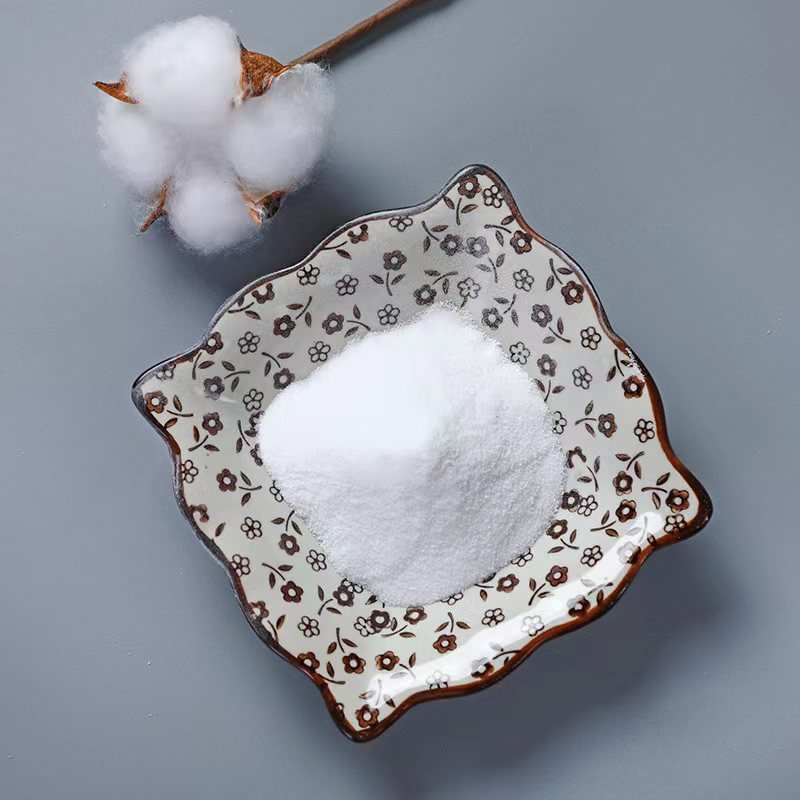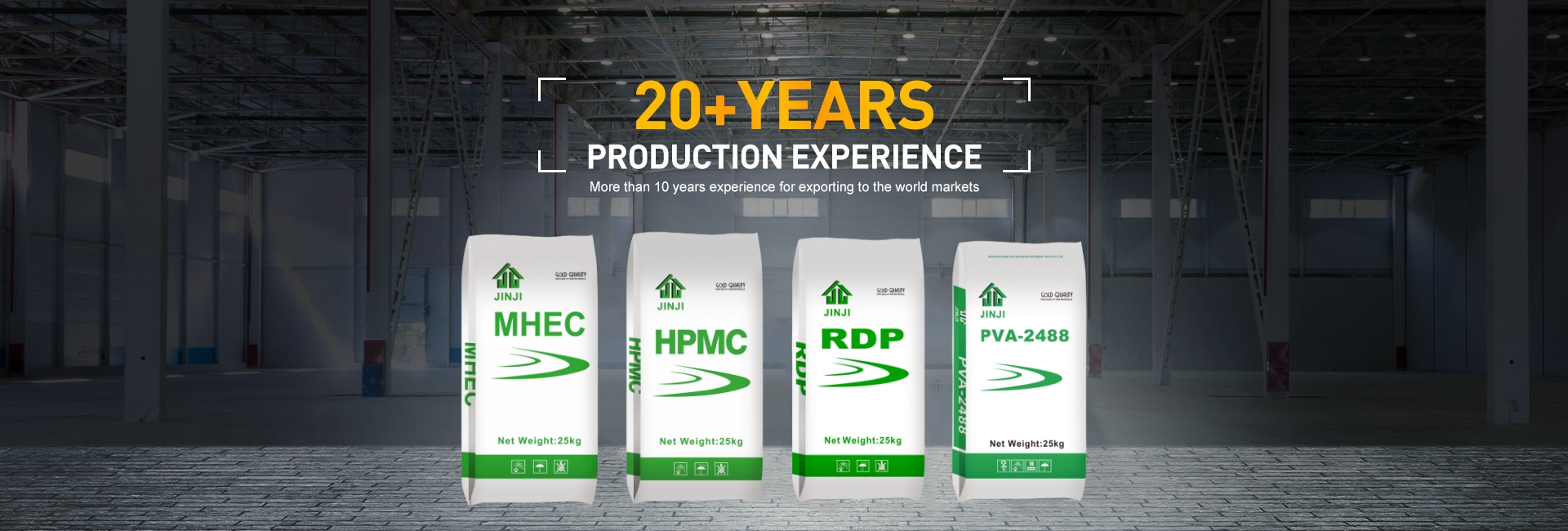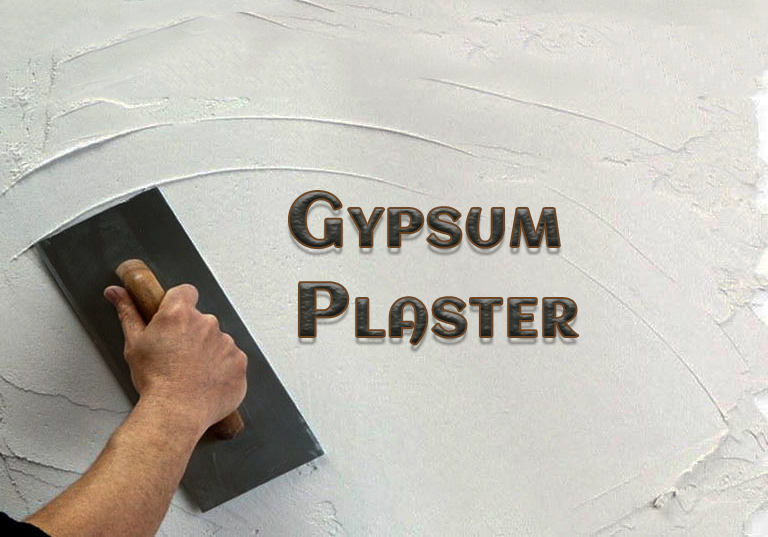When HPMC comes to gypsum plaster applications, having a reliable and effective additive is crucial to ensure optimal performance and long-lasting results. One such additive that has gained significant popularity in recent years is Hydroxypropyl Methyl cellulose, commonly known as HPMC. Offering a wide range of benefits, HPMC has become a go-to solution for professionals in the construction industry.
One of the key advantages of using HPMC for gypsum plaster is its highly water retention property. This means that it can effectively hold and control the amount of water in the mixture, improving the workability of the plaster. The HPMC particles form a thin film around the water molecules, preventing them from evaporating too quickly. As a result, the plaster remains in a workable state for an extended period, allowing ample time for application and subsequent finishing.
In addition to its water retention ability, HPMC also offers long open times, which is another critical characteristic sought after in gypsum plaster applications. The long open time refers to the duration during which the plaster remains viable for work without prematurely drying out. HPMC helps prolong this period, giving professionals the flexibility to work at their desired pace. Whether it is for application on walls, ceilings, or other gypsum substrates, HPMC ensures that the plaster remains in a usable state, reducing the risk of wastage and enhancing productivity on the job site.
Furthermore, HPMC acts as a thickness agent in gypsum plaster, contributing to the desired consistency and texture of the final product. It helps create a smooth and uniform surface, reducing the presence of imperfections such as cracks, shrinkage, and sagging. With the right amount of HPMC, contractors and builders can achieve a high-quality finish that meets the highest standards of aesthetics and durability.
The versatility of HPMC for gypsum plaster is also worth noting. It can be used in various application techniques, including manual and machine application methods. Moreover, HPMC is compatible with a wide range of additives commonly used in gypsum plasters, such as accelerators, retarders, and air-entraining agents. This versatility makes HPMC an ideal choice for professionals looking to tailor their gypsum plaster mixtures to specific project requirements.
Not only is HPMC beneficial for the application and performance of gypsum plaster, but it is also environmentally friendly. HPMC is a non-toxic and biodegradable compound, making it a safe and sustainable option for construction projects. Its water-based nature further enhances its eco-friendliness, as it reduces the reliance on solvent-based additives.
In conclusion, HPMC for gypsum plaster offers a multitude of advantages that cater to the needs of professionals in the construction industry. It provides highly desired properties such as water retention, long open times, and acts as a thickness agent. With HPMC, contractors and builders can achieve improved workability, enhanced productivity, and high-quality finishes. Its versatility and eco-friendliness further solidify its position as a reliable and efficient additive for gypsum plaster applications.

Post time: Aug-17-2023


